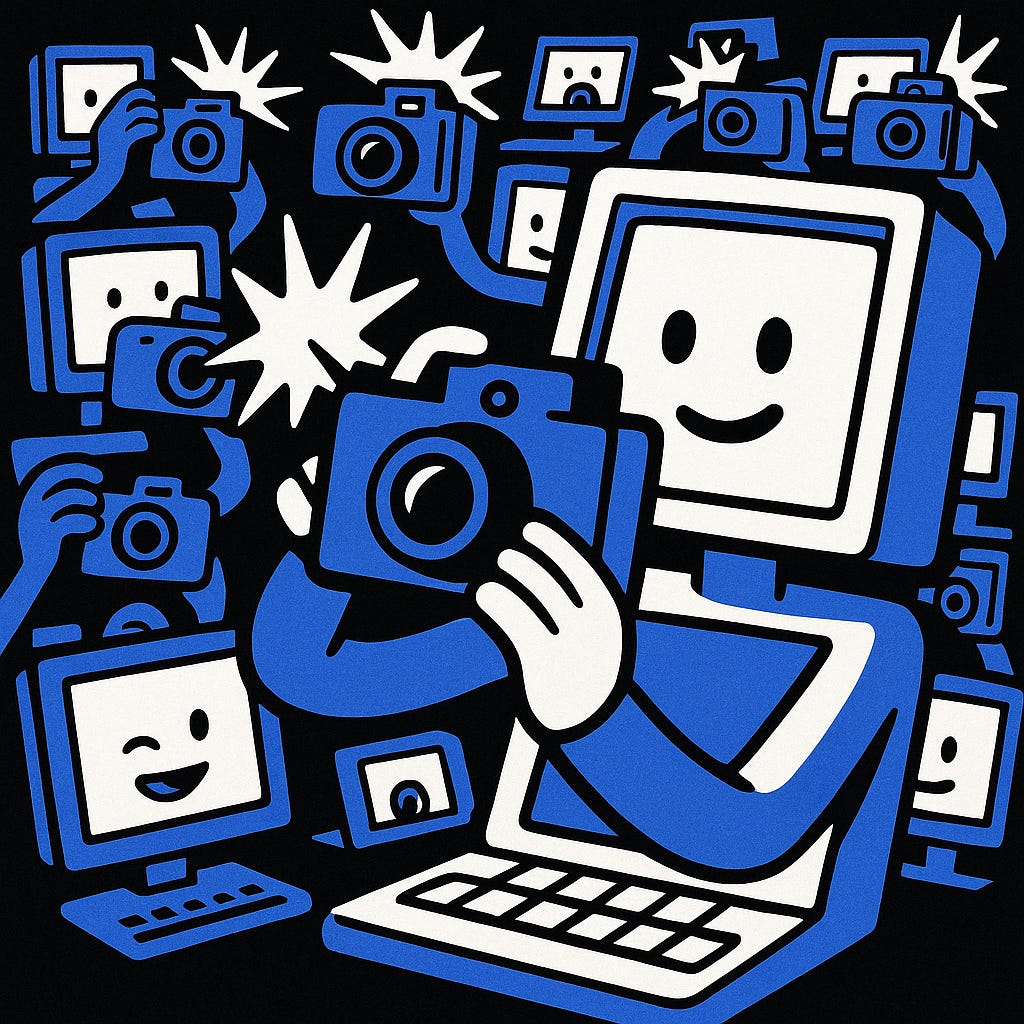#11 - GPT-Image-1 is Here!
We Have the APIs Now 😎
Welcome to the 11th issue of AI Agents Simplified! 🎉
📰 What Happened in the Last Week?
OpenAI’s GPT-Image-1 is Here and It’s a Beast. Image generation in the API just got a serious upgrade
A month ago, OpenAI dropped image generation inside ChatGPT, and it exploded over 700 million images created by more than 130 million users in just the first week.
Now? They’re bringing that same multimodal model (yep, the one behind ChatGPT’s visuals) to the API, and it’s called gpt-image-1.
This means developers and businesses can now plug pro-level image generation right into their own apps and workflows. This model nails different styles, follows custom design instructions, understands world knowledge, and even renders text in images pretty accurately.
Who’s already using this?
Some of the biggest players across design, ecommerce, video, education, and more are already building with it:
Adobe: Integrating it into Firefly and Express for creative flexibility.
Figma: Letting users generate + edit images inside Figma Design.
Airtable: Automating marketing asset production at scale.
Gamma: Generating 5M+ AI visuals daily for slides and sites.
HeyGen: Upgrading avatar creation tools.
OpusClip: One-click YouTube thumbnail generator using gpt-image-1.
Quora: Making it their default image model for creators.
Wix: Boosting their Wixel AI design platform.
Photoroom: Launched new tools like Product Beautifier & Virtual Model.
Playground: More control over style, edits, and layout mockups.
And there’s more coming...
What’s Next?
Here’s what other companies are exploring with gpt-image-1 right now:
Canva: Using it to level up Canva AI and Magic Studio turning rough sketches into beautiful graphics.
GoDaddy: Letting users design logos, social content, and product visuals with simple prompts.
HubSpot: Looking at it for next-gen marketing image creation no designer needed.
Instacart: Playing with recipe and shopping list image generation.
invideo: Adding advanced controls for turning ideas into polished videos.
Safety & Moderation
Same guardrails as ChatGPT's image model. No harmful content, built-in C2PA metadata for transparency, moderation levels: auto (default) or low (less restrictive).
Also: API data stays private. No training on customer input/output.
Pricing (Short Version)
Text input: $5 per 1M tokens
Image input: $10 per 1M tokens
Image output: $40 per 1M tokens
👉 Real-world example? Around $0.02 to $0.19 per generated image, depending on quality/size.
Check full pricing in OpenAI’s docs.
🔮 Cool AI Tools & Repositories
⚡ Suna - Open Source Generalist AI Agent
🔍 Leaked System Prompts
📃 Paper of the Week
This paper introduces Zep, the memory system that actually remembers and remembers well. At the heart of Zep? A beast called Graphiti.
Let’s break it down 👇
What’s Zep?
Think of Zep as the memory center for AI agents and it outperforms MemGPT on benchmarks like Deep Memory Retrieval (DMR) and LongMemEval.
Instead of dumping data into vector stores, it builds a temporal knowledge graph using a framework called Graphiti.
This memory isn’t static it updates in real-time with both unstructured convos and structured biz data.
What’s So Special About Graphiti?
It’s not just a graph. It’s a bi-temporal, auto-updating, memory-friendly beast.
It builds episodic + semantic + community-level subgraphs, giving agents full recall from what you said last summer to who you said it to.
Designed to mimic human memory: episodic (what happened) + semantic (what it means).
Key Features That Go Hard:
Real-time updates: no waiting for batch jobs to re-index.
Bi-temporal model: tracks both when stuff happened and when it was stored.
Smart fact invalidation: it knows when something’s outdated and ditches it.
Multi-mode retrieval: semantic, keyword (BM25), and graph traversal, all playing nice together.
Low latency: we're talking 90%+ faster than baseline RAG setups.
Benchmark Results That Matter
DMR Accuracy: 94.8% (Zep) vs 93.4% (MemGPT)
LongMemEval: Zep beats full-context by up to 18.5% while cutting latency by 90%
It’s especially strong on:
Multi-session reasoning
Temporal queries
Preference + user-specific memory
TL;DR Why This Paper Slaps:
It proves that RAG alone isn’t enough. We need real, evolving memory for agents to work in the wild.
Graphiti + Zep lets AI agents remember things over time, connect the dots, and answer complex questions with context.
They’re even open-sourcing it:
🤔 Poll Time
If you liked this issue of AI Agents Simplified, share it with your friends and spread the knowledge! ❣️







